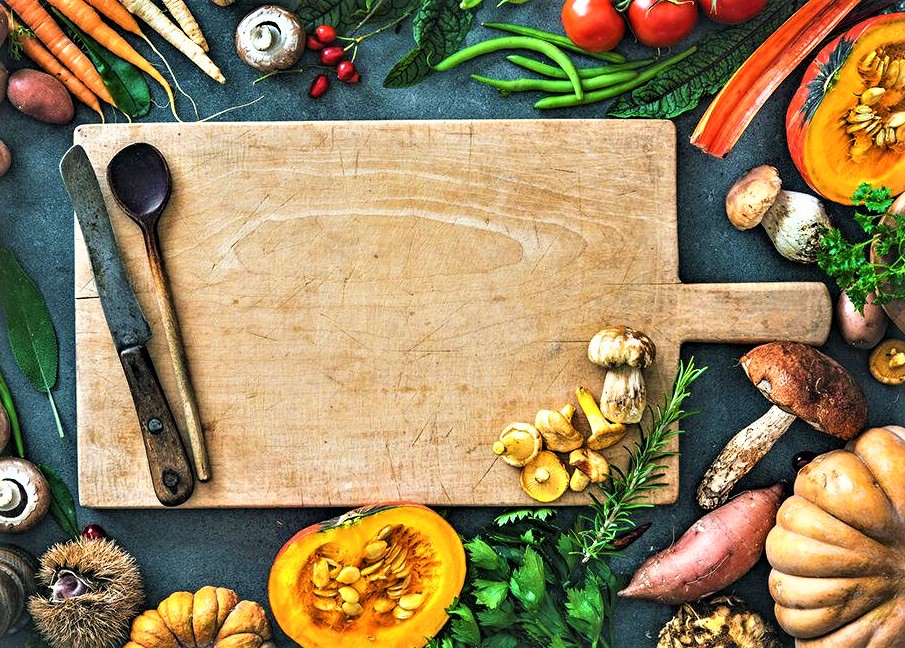What You Need To Consider When Shopping For a Cutting Board
Posted by Chuck German Owner/Manufacturing Director on 5th Jun 2021
Posted by Chuck German Owner/Manufacturing Director on 5th Jun 2021
What You Need To Consider When Shopping For a Cutting Board
Wooden Cutting Boards
Wooden cutting boards are more durable because certain harder woods like maple, teak and acacia absorb less water and are less prone to damage from knives. Softer woods such as cypress absorb more water and do not cause as much dulling and damage to knives.
The food-safety aspects around how the board will be used and cleaned are other factors to consider when choosing a cutting board. Wooden cutting boards that are solid wood and not laminated are dishwasher-safe, but those that are coated can warp and crack from the high heat of the dishwasher.
In general, a wooden cutting board should be hand-washed in hot, soapy water and air-dried in a location where air can circulate around it.
Wooden cutting boards can be used for cutting raw meats, but it is a best practice to have one cutting board for raw meats, poultry and seafood and another one for ready-to-eat foods like breads and produce.
Using separate cutting boards for raw meats, poultry or seafood and ready-to eat foods prevents contaminating ready-to-eat breads or produce with potentially harmful bacteria that may cause a food-borne illness. Be careful not to confuse your food-specific cutting boards. You could buy different colored boards so that it is easier to remember which is for raw meats and which is for ready-to-eat foods.
What to Know Before Using Your Cutting Board for Raw Meats
If used for raw meats, poultry or seafood, a cutting board should be sanitized in addition to washing in hot, soapy water. Use a solution of one tablespoon unscented bleach to 1 gallon of water. Flood the board with the bleach solution and allow to sit for several minutes before rinsing. Air-dry the board before storing.
Treating our wooden cutting boards with food-grade mineral oil and B’s Wax Blend can reduce splintering and help extend longevity by preventing the board from becoming dry and brittle. The board should be thoroughly clean and dry before applying our B’s Oil Wax, food-grade mineral oil.
The safest mineral oil to use is one of several brands specifically designed for cutting boards and available at major retailers. Pure mineral oil or “white mineral oil” found in pharmacies is also an affordable food-grade option.
Never use mineral oils that are toxic and not safe for human consumption, such as those that are used as lubricants for machinery or found in auto or hardware stores. Do not treat a wooden cutting board with vegetable oils because they may become rancid and introduce unpleasant tastes and smells to foods prepared on the board.
Eventually, every well-used cutting board will become scarred with grooves and scratches. Then scrubbing and sanitizing will not be enough, and it is time for a replacement.
Take a look at this typical cutting board below
Notice The Cut Marks and Scratches
This would not be safe for raw meats, beef, chicken, fish, pork.
